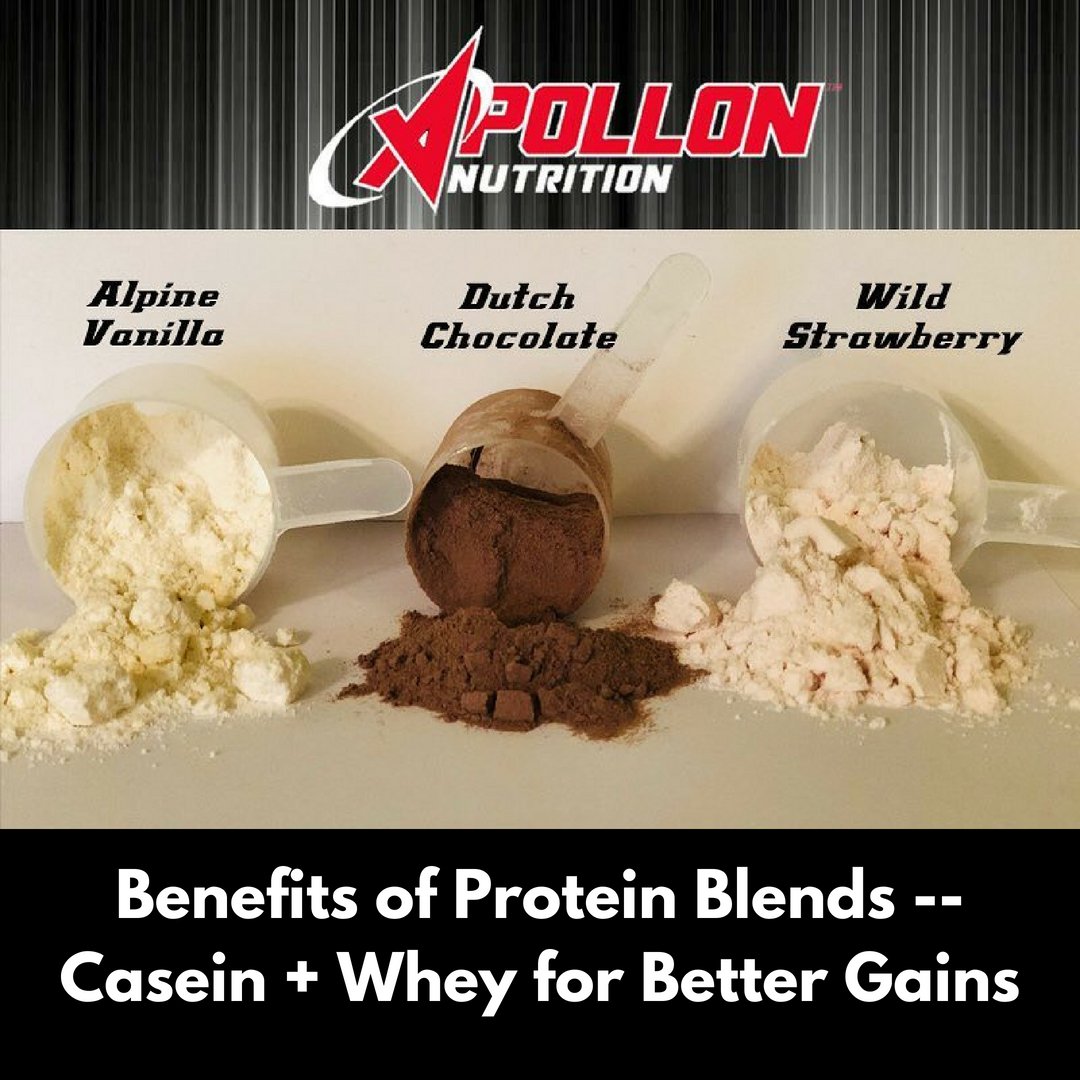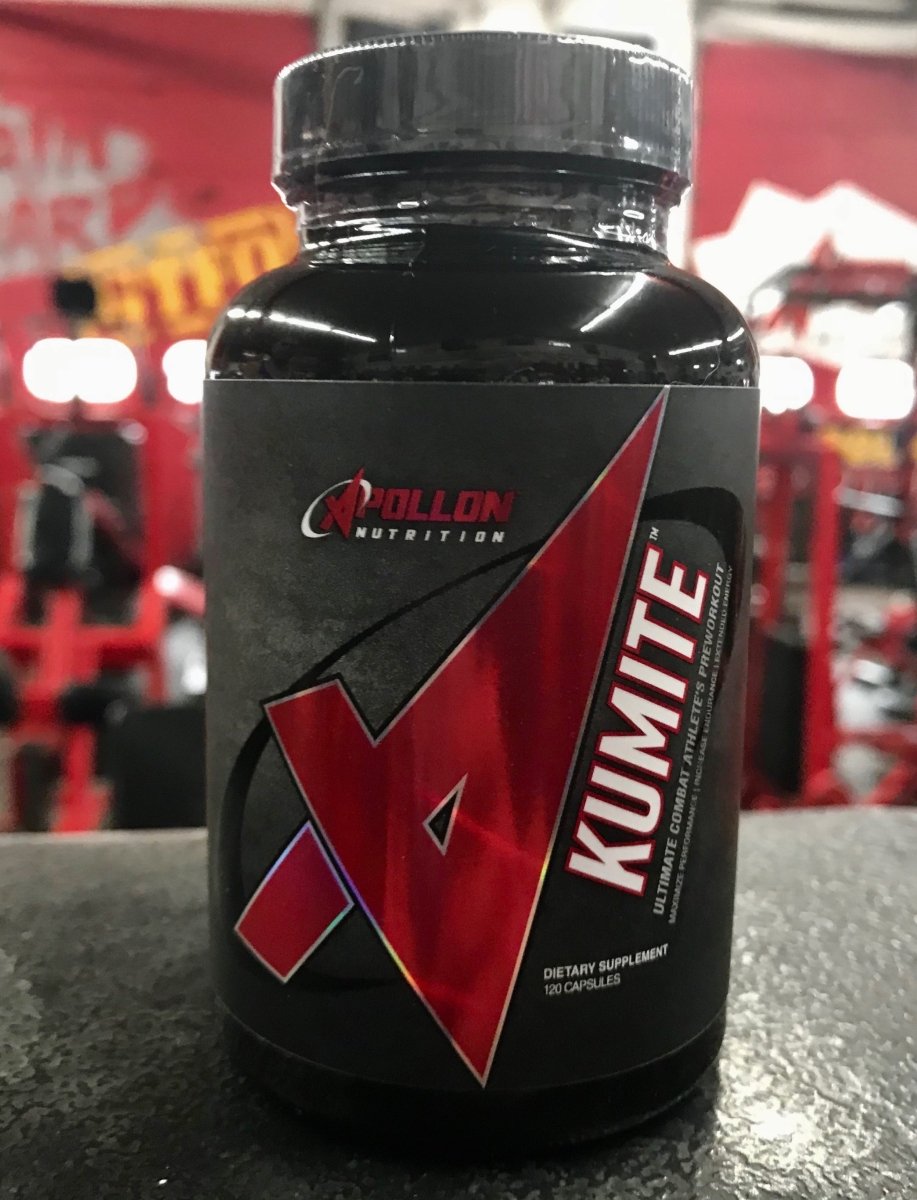By: Robert A. Schinetsky
Athletes know the importance of protein -- it’s what gives their body the essential amino acids it needs to repair damaged muscle tissue and also helps them to grow bigger, stronger, and faster.
Due to this, whey protein supplements have been a mainstay for those that hit the gym on a regular basis. And for years, it was believed that whey was the truly superior form of protein to have around training, but some recent research is starting to change the narrative on exactly what kind of protein you should be supplementing with during the day, especially if you’re looking to build muscle and strength.
Now, don’t get us wrong, there is nothing “wrong” with whey, it’s just that whey protein isn’t the only kind of protein powder you should be taking around training. As you’ll see in a bit, the real power of protein lies in protein blends.
But before we get into that, let’s briefly describe what a “protein blend is”.
What is a Protein Blend?
A protein blend is a combination of two or more different forms of protein. This can be in the form of two different sources of protein (i.e. casein and whey, such as that in 50/50 Formula-X Protein) or two different kinds of the same protein, such as whey protein blends, which use a combination of whey concentrate, whey isolate, and hydrolyzed whey protein.Why Use a Protein Blend?
The primary benefit that comes with using a protein blend is that by combining various forms of protein, you increase the digestion time of the protein. You see, certain protein like whey, digest very rapidly in the body. This means that whey quickly passes through the GI system and creates a flood of amino acids in the body. Other proteins, such as casein, can take up to 8 hours to digest. This provides a slower, sustained release of muscle-building essential amino acids into the bloodstream. Another added benefit of casein, is that due to its snail-speed rate of digestion, it also increases satiety and feelings of fullness -- something that’s not too synonymous with whey protein shakes. By combining the two proteins together, you get the best of both worlds. Whey provides the initial spike in muscle protein synthesis, due to its high leucine content, while casein provides a long-lasting steady drip of amino acids to your body. This leads to better muscle protein synthesis and muscle growth. And there’s research to demonstrate the superiority of protein blends over single forms of protein (i.e. whey protein powder), too!The Muscle Building Power of Protein Blends
One of the first studies to show that a blend of protein sources whas superior for muscle building came from Baylor University in Waco, TX. In this study, resistance-trained men consumed either a carbohydrate-only placebo, whey protein shake or a whey/casein blend while following a 10-week weight lifting program.[1] Men consuming the whey + casein blend experienced the largest increases in fat-free mass out of the three different groups.[1] Subsequent research from the Mayo Clinic gave some insight as to why the casein + whey shake led to better muscle building -- different digestion and absorption rates.[2] Essentially, whey is digested and absorbed rapidly. This is both its greatest strength and drawback. You see, whey protein provides a strong, rapid burst of amino acids to the muscles that spikes muscle protein synthesis, but due to its rapid digestion and absorption, the elevation of protein synthesis declines pretty quickly. On the complete opposite end of the spectrum, casein protein is digested and absorbed at an incredibly slow rate. When casein is added to whey protein the amino acid supply to your muscles lasts long after the amino acids from whey have been absorbed. In fact, amino acid retention in the muscles from whey + casein has been shown to be significantly higher 4 hours later than the amino acid retention from whey. In other words, combining whey + casein prolongs the anabolic response, which supports better muscle gain.More Protein Blend Research
Two other studies published within the past few years have given athletes even more reason to swap their whey-only shakes for whey + casein ones. The first study, conducted in 2013, had men consume either 20 grams of whey or 20 grams of a protein blend one hour after a leg workout. The exact makeup of the protein blend was 25% whey (5 grams), 25% soy (5 grams) and 50% casein (10 grams).[3] While both groups experienced similar increases in muscle protein synthesis, the men consuming the protein blend had a longer lasting elevated rate of protein synthesis, compared to the whey only group.[3] A subsequent 2014 study used an identical protein shake comparison (whey vs whey/soy/casein blend) and also gave it to the test subjects one hour post leg-day. Again, researchers noted that the protein blend led to a greater and longer-lasting net amino acid balance than the whey-only option.[4] At the end of the day, if you’re looking for superior recovery and growth from your intense training, it only makes sense to use a protein blend. Using a combination of casein + whey delivers more amino acids to the muscles for a longer period of time, which leads to longer lasting muscle protein synthesis. This is exactly what you want when trying to build muscle and strength. That’s why we’ve included both whey protein and casein protein in our 50/50 Formula-X Protein. By combining these two protein powerhouses, 50/50 Formula-X provides an incredibly long-lasting flow of essential amino acids to your muscles, which enhances muscle recovery, repair, and growth. As an added bonus, the combination of slow and fast digesting proteins helps keep you feeling fuller for longer, making it much less likely you’ll cheat on your diet! Click hereto read more about 50/50 Formula-X Protein, and why it’s the superior option for athletes.References
- Kerksick, C. M., Rasmussen, C. J., Lancaster, S. L., Magu, B., Smith, P., Melton, C., … Kreider, R. B. (2006). The effects of protein and amino acid supplementation on performance and training adaptations during ten weeks of resistance training. Journal of Strength and Conditioning Research, 20(3), 643–653. https://doi.org/10.1519/R-17695.1
- Soop M, Nehra V, Henderson GC, Boirie Y, Ford GC, Nair KS. Coingestion of whey protein and casein in a mixed meal: demonstration of a more sustained anabolic effect of casein. American Journal of Physiology - Endocrinology and Metabolism. 2012;303(1):E152-E162. doi:10.1152/ajpendo.00106.2012.
- Reidy PT, Walker DK, Dickinson JM, et al. Protein Blend Ingestion Following Resistance Exercise Promotes Human Muscle Protein Synthesis. The Journal of Nutrition. 2013;143(4):410-416. doi:10.3945/jn.112.168021.
- Reidy PT, Walker DK, Dickinson JM, et al. Soy-dairy protein blend and whey protein ingestion after resistance exercise increases amino acid transport and transporter expression in human skeletal muscle. Journal of Applied Physiology. 2014;116(11):1353-1364. doi:10.1152/japplphysiol.01093.2013.





Leave a comment
This site is protected by hCaptcha and the hCaptcha Privacy Policy and Terms of Service apply.